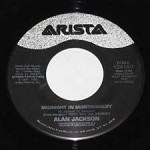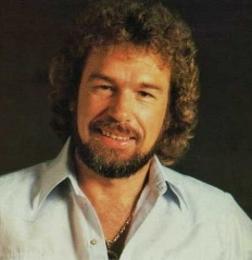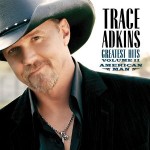This past weekend, I had the privilege of attending the 2009 International Country Music Conference, conveniently held at a building on my college campus. The three-day event made for quite a mind-feast – so much so, actually, that it’s taking me longer than I had hoped to sort through all my notes and compose a post to do the thing justice. So that’ll be coming through the pipeline sometime within the next few days.
In the meantime, though, one issue raised during the event has really stuck out in my mind, and I thought I’d give it a spin and maybe throw out a taste of what’s to come in the full coverage.
So here’s what happened: in a discussion on Waylon Jennings’ career attitude during his peak Outlaw years, someone mentioned that his label disliked the way he seemed to view himself as a musical descendant of Jimmie Rodgers and Hank Williams (see “Are You Sure Hank Done It This Way”), as if his only role as a recording artist was to serve as a link in those artists’ musical “chain.” The speaker speculated that this sort of “big picture” attitude toward one’s art would probably worry many labels, simply because it directs the public’s focus away from an artist’s individual “star.”
That struck me as eerily relevant to today’s scene, where it’s become much less simple to hypothesize about which artists the big stars have “descended” from – and heck, which genres, in many cases. Today, more than I’ve yet witnessed in my young life, there seems to be much greater emphasis on building up an artist’s individual importance, rather than carrying a certain “flag.” Concerts are getting bigger and more histrionic; the CMA telecast books any act who might help ratings and basically snubs Hall of Fame inductees; and of course, most shout-outs to country legends of yore by today’s artists are usually just shallow attempts to build cred. The mainstream seems to have spoken its bit loud and clear: it has some progress it needs to carry out without any real help from the past, thank you very much.








